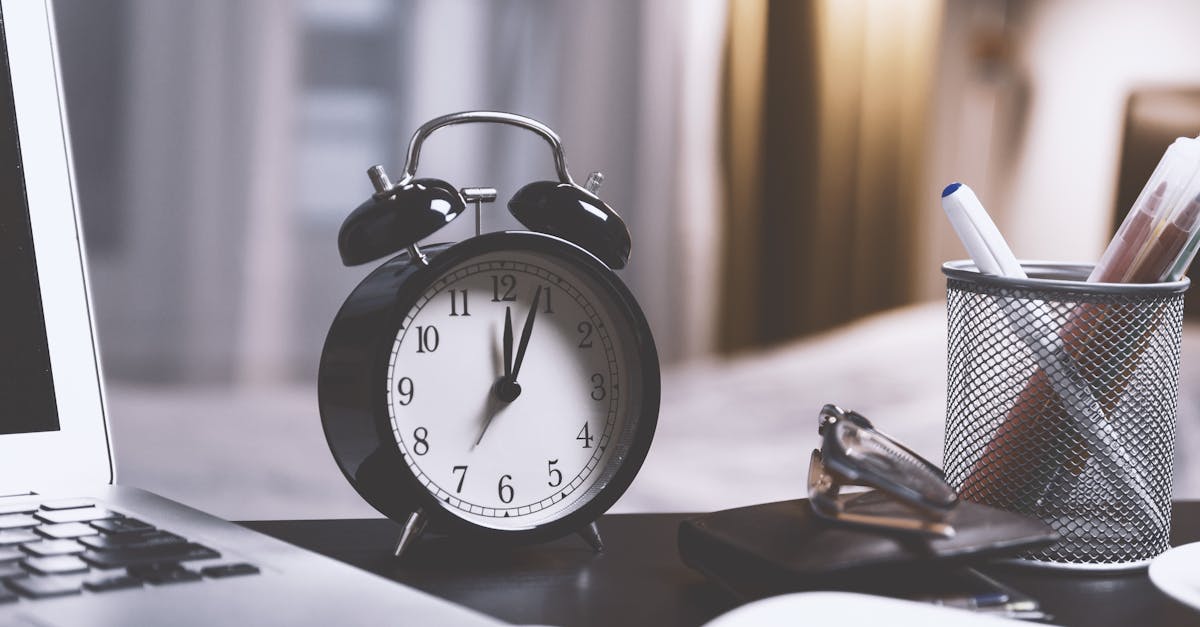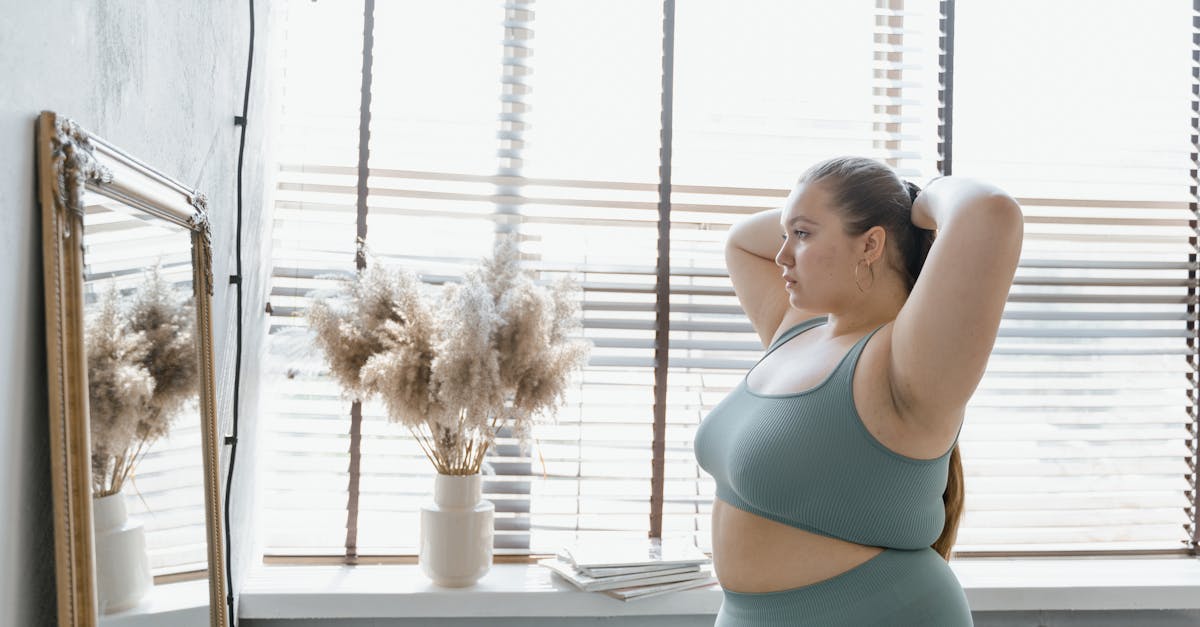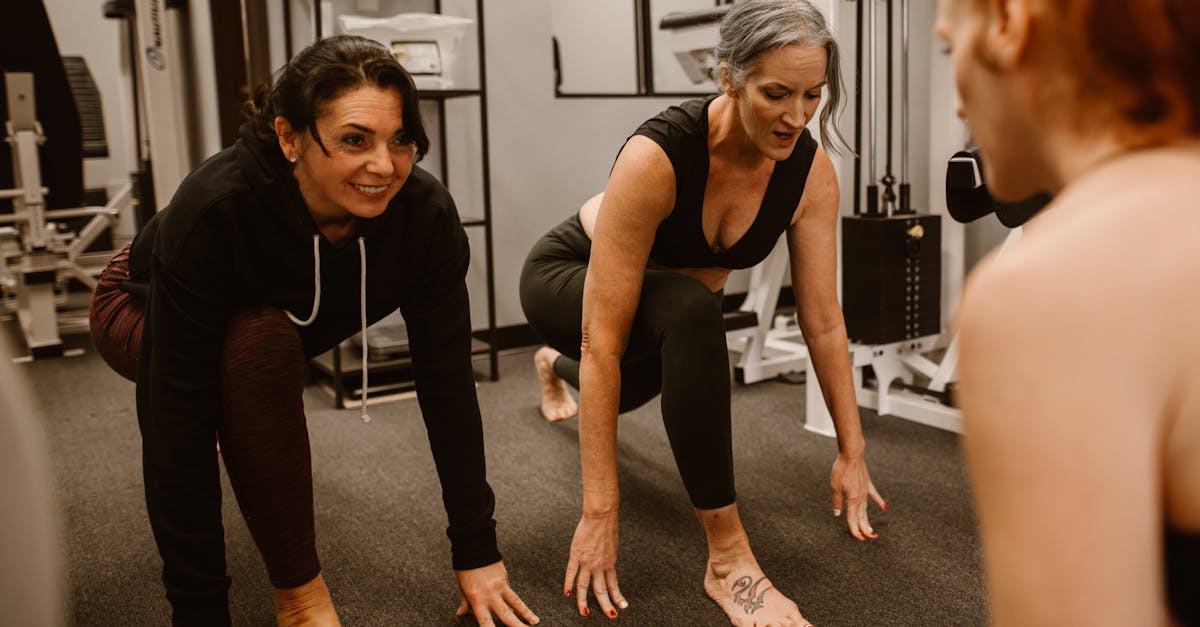Guide to Creating a Sustainable Wellness Routine
Introduction
Creating a sustainable wellness routine is more than just a trend—it’s a lifelong commitment to nurturing your mental, physical, and emotional health. In today’s fast-paced world, where stress and burnout are common, establishing habits that promote well-being is essential for leading a balanced and fulfilling life. A sustainable wellness routine isn’t about drastic changes or short-term fixes; it’s about building a foundation of habits that support your overall health and can be maintained over time. This guide will provide you with easy-to-follow steps, practical insights, and actionable strategies to help you craft a wellness routine that stands the test of time and adapts to your evolving needs.
Advertisement
Start Small
When beginning a wellness journey, it’s easy to feel overwhelmed by the sheer number of changes you might want to make. However, the key to long-term success is starting small. Instead of trying to overhaul your entire lifestyle overnight, focus on one or two manageable habits that align with your goals. For example, committing to a 10-minute morning stretch routine or taking a 15-minute walk after dinner can be excellent starting points.
These small, consistent actions help build momentum and create a sense of accomplishment. Over time, these habits can naturally evolve into more comprehensive routines. For instance, a daily walk might lead to jogging or joining a fitness class, while morning stretches could expand into a full yoga practice. Starting small not only makes the process less intimidating but also increases the likelihood of sticking with your new habits.

Advertisement
Set Achievable Goals
Goal-setting is a cornerstone of any successful wellness routine. However, the way you set your goals matters just as much as the goals themselves. Vague or overly ambitious goals, such as “get fit” or “be healthier,” can feel overwhelming and are difficult to measure. Instead, focus on setting specific, achievable, and time-bound objectives.
For example, instead of saying, “I want to exercise more,” set a goal like, “I will exercise for 30 minutes, three times a week.” Similarly, rather than aiming to “drink more water,” commit to “drinking eight glasses of water daily.” These clear, measurable goals provide direction and make it easier to track your progress. Celebrating small wins along the way also boosts motivation and reinforces your commitment to your wellness journey.

Advertisement
Emphasize Mental Well-being
While physical health is a crucial component of wellness, mental well-being is equally important. A sustainable wellness routine should include practices that support emotional resilience, reduce stress, and promote a positive mindset. Incorporating activities like meditation, journaling, or deep breathing exercises can have a profound impact on your mental health.
Meditation, even for just five minutes a day, can help calm the mind, improve focus, and reduce anxiety. Journaling provides an outlet for self-reflection, helping you process emotions and track personal growth. Deep breathing exercises, such as diaphragmatic breathing or box breathing, can activate the parasympathetic nervous system, promoting relaxation and reducing stress.
By prioritizing mental well-being alongside physical health, you create a more holistic and balanced wellness routine. This mind-body connection not only enhances your overall well-being but also makes it easier to stay consistent with your habits.

Advertisement
Time Management
One of the biggest challenges in maintaining a wellness routine is finding the time to fit it into a busy schedule. Effective time management is essential for ensuring that your wellness activities become a consistent part of your daily life. Start by evaluating your current schedule and identifying pockets of time that can be dedicated to self-care.
Treat your wellness activities as non-negotiable appointments. For example, block out 20 minutes in the morning for meditation or schedule a 30-minute workout during your lunch break. By prioritizing these activities and integrating them into your routine, you’re more likely to stick with them. Additionally, consider using tools like calendars, planners, or apps to organize your time and set reminders for your wellness practices.

Advertisement
Create a Supportive Environment
Your environment plays a significant role in shaping your habits and behaviors. To support your wellness journey, create a space that encourages positivity and relaxation. This could involve decluttering your home, adding plants to improve air quality, or designating a specific area for activities like yoga or meditation.
Surrounding yourself with supportive people is equally important. Share your wellness goals with friends, family, or a community that shares similar interests. Having a support system not only provides motivation but also holds you accountable. Whether it’s joining a fitness class, participating in a meditation group, or simply having a workout buddy, the encouragement of others can make a big difference in maintaining your routine.

Advertisement
Track Your Progress
Tracking your progress is a powerful tool for staying motivated and ensuring that your wellness routine continues to meet your needs. Consider keeping a journal or using a digital app to document your achievements, challenges, and how you feel along the way. This practice allows you to reflect on your journey, identify patterns, and make adjustments as needed.
For example, if you notice that you’re consistently missing your workout sessions, you might need to reevaluate your schedule or try a different type of exercise. On the other hand, if you find that a particular activity, like journaling, is particularly beneficial, you might decide to dedicate more time to it. Tracking your progress fosters adaptive growth, ensuring that your routine remains effective and enjoyable.

Advertisement
Incorporate Flexibility
Life is unpredictable, and rigid routines can quickly become unsustainable. Incorporating flexibility into your wellness routine is essential for maintaining consistency without burnout. Be open to adjusting your habits based on your current circumstances, energy levels, and priorities.
For instance, if you’re traveling or have a particularly busy week, you might swap your usual workout for a shorter, more manageable activity like a brisk walk or a quick yoga session. Similarly, if you’re feeling stressed, you might prioritize relaxation techniques over intense physical exercise. By embracing flexibility, you create a resilient routine that can withstand life’s ups and downs.

Advertisement
Practice Consistent Self-care
Self-care is the foundation of a sustainable wellness routine. It’s about taking time to nurture yourself and engage in activities that bring you joy, relaxation, and rejuvenation. Self-care looks different for everyone—it could be reading a book, taking a bath, spending time in nature, or enjoying a hobby.
The key is to prioritize activities that make you feel good and align with your values. Regular self-care not only reduces stress but also reinforces the positive impact of your wellness routine. By making self-care a non-negotiable part of your life, you ensure that your routine remains fulfilling and sustainable in the long term.

Advertisement
Conclusion
Building a sustainable wellness routine is a journey that requires patience, consistency, and adaptability. By starting small, setting achievable goals, and balancing mental and physical health, you can create a routine that supports your overall well-being and stands the test of time. Remember that wellness is not a destination but an ongoing process of growth and self-discovery.
As you refine your approach and embrace the journey, you’ll reap the lifelong benefits of your commitment to health. Whether it’s increased energy, improved mood, or a greater sense of balance, a sustainable wellness routine has the power to transform your life. So take the first step today, and enjoy the rewards of a healthier, happier, and more harmonious you.

Advertisement








